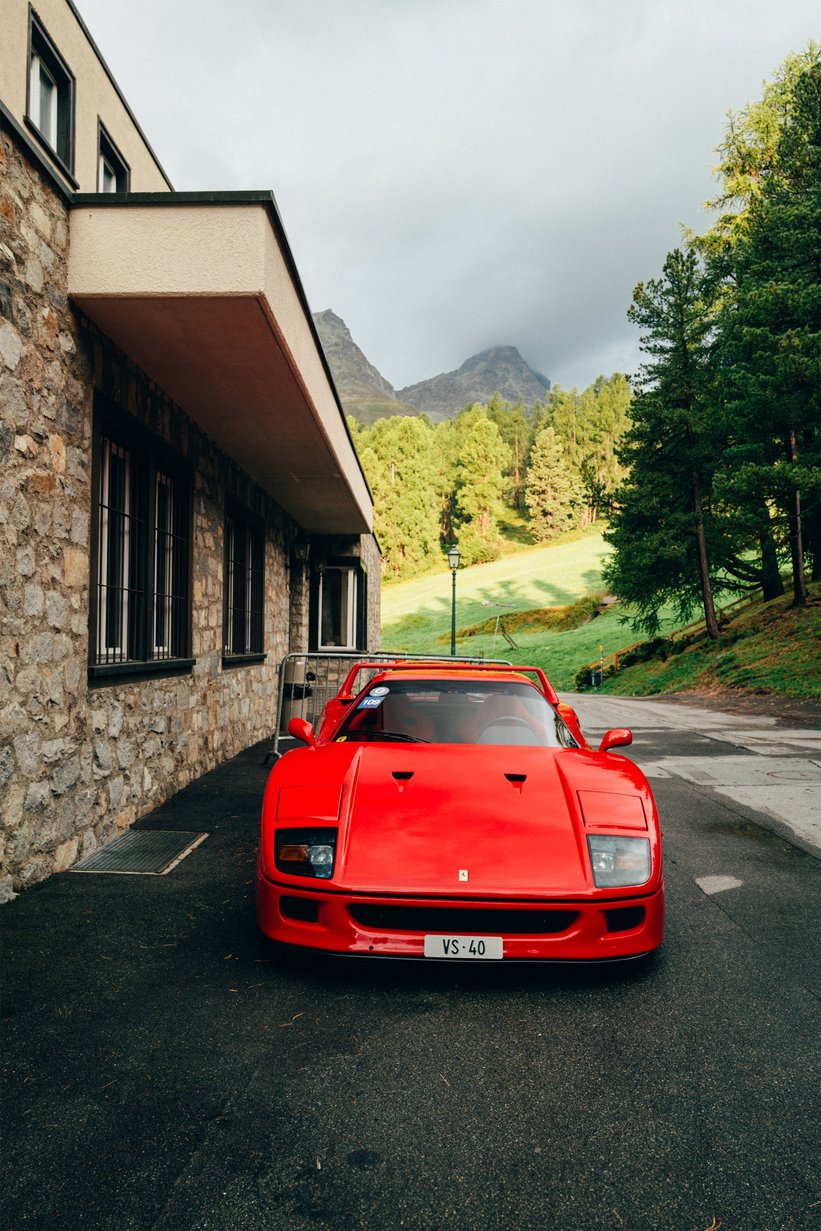
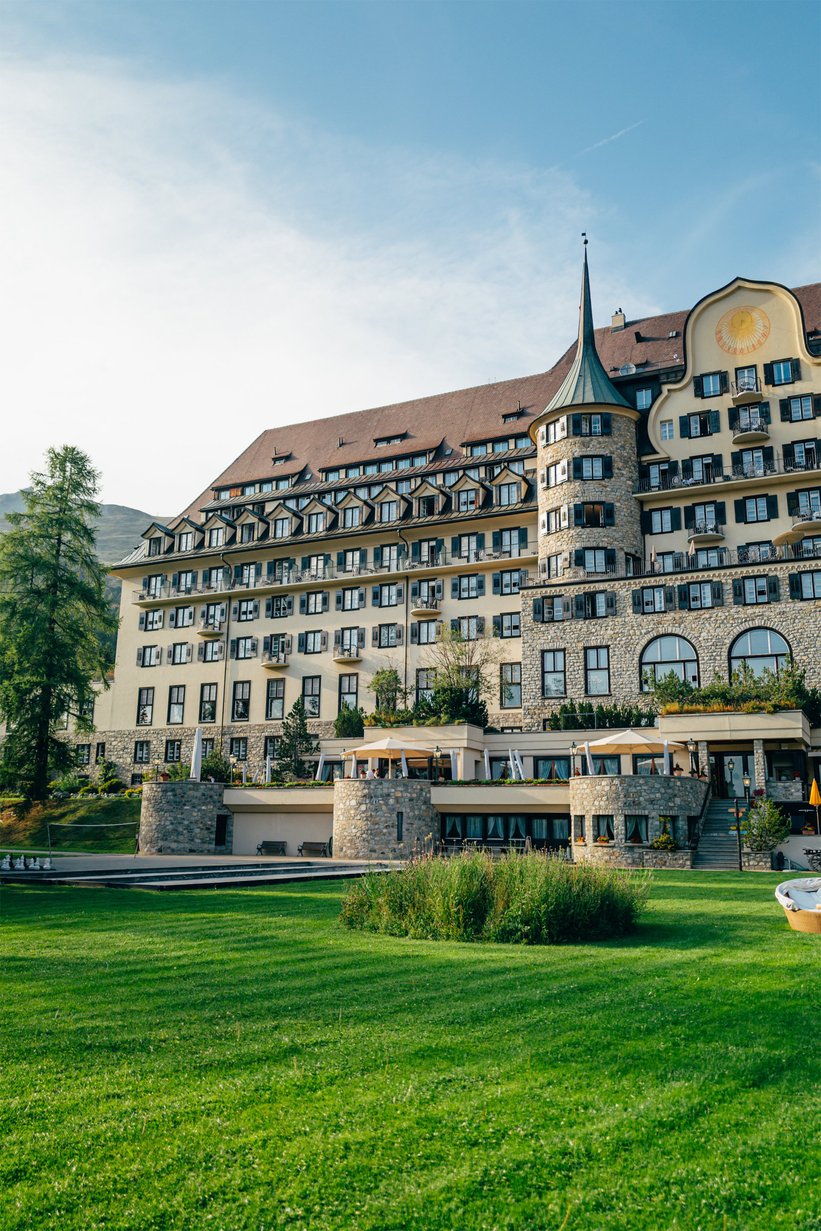
Just hours ago, the windows of our cozy little tower room at Suvretta House were shaking in the storm and the night sky above the Engadin valley was ablaze with lightning. But as the cars of this year’s Passione Engadina assemble for the start of the Julius Bär rallye in St. Moritz Bad on Saturday morning, the clouds had cleared and the participants were looking forward to a full day of spirited driving on some of the most beautiful roads of the Swiss Alps. Every summer, Passione Engadina celebrates the most elegant and iconic automobiles built in Italy with a glamorous 3-day rallye and concours event. And every year, one famous brand takes the center stage. This year, the spotlight was on Lancia – and we couldn’t have asked for a better line-up to represent the once-glorious marque's diverse and exciting history.
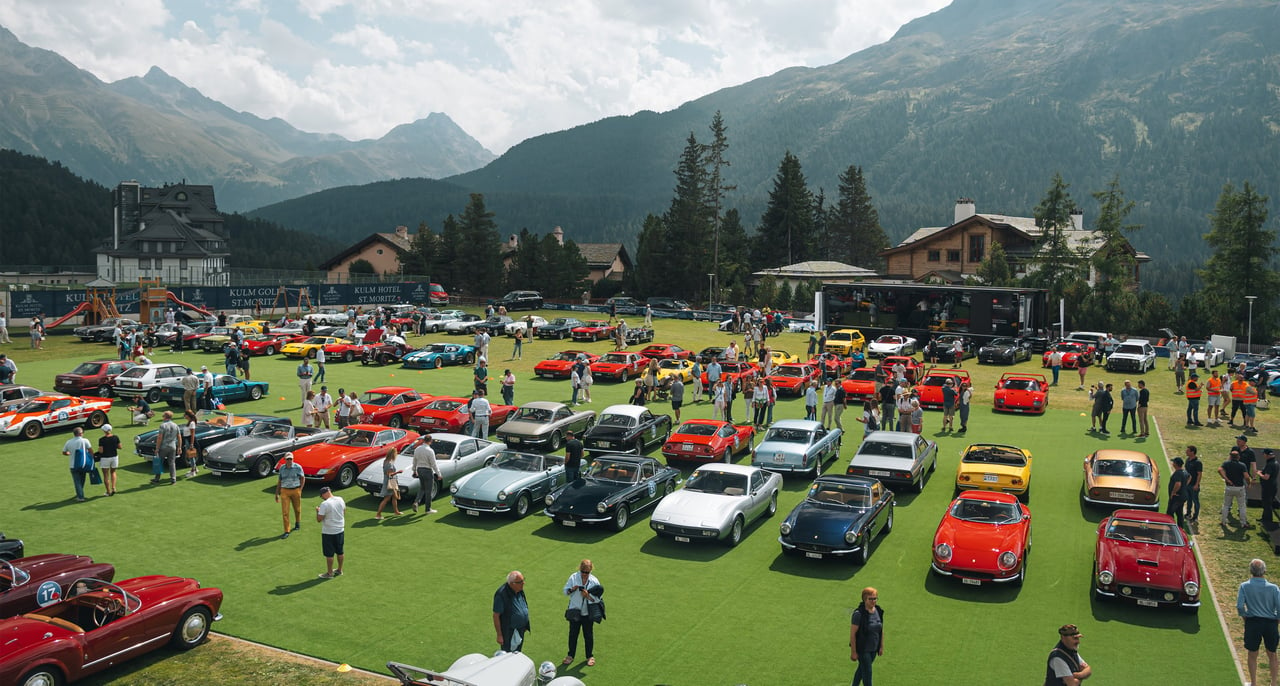
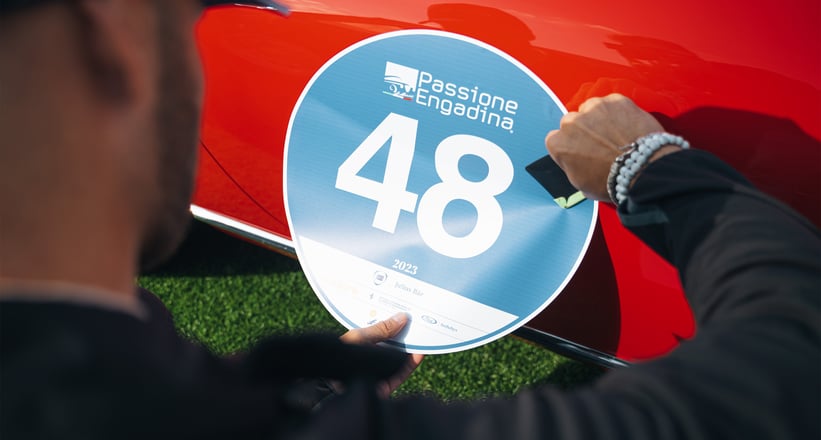
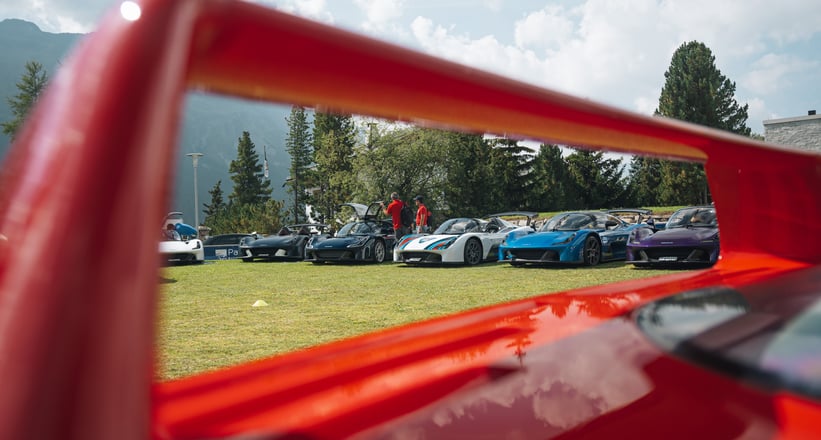
On Friday, we had already adored the field of Lancias at the Kulm Country club. Starting with elegant pre-war cars like the majestic 1935 Lancia Astura Cabriolet Stabilamenti Farina from the Lopresto Collection, visitors walked past some of the most beautiful grand tourers and roadsters designed in the 1950s and 1960s. After all, the low-slung silhouette of the Aurelia GT and the sculpture-like simplicity of the B20 Spider still make us fade in awe, while the Lancia Flaminia Sport Zagato certainly ranks among the most elegant cars ever made.

Of course, Lancia has not only gifted us with some of the most beautiful cars ever made, the brand has also written motorsports history in the later 1960s, 1970s and 1980s with its rally machines. And Passione Engadina gave us a rare opportunity to retrace their evolution, from the Fulvia 1.6 HF to the Stratos, 037, Delta Integrale and S4. Right next door, in the Pavillion, the event curators had assembled 16 Lancias that wrote history – including some of the legendary Martini-liveried racing beasts from the Group B era, a pair of LC1 Group C wedges and the otherworldly Lancia Sibilo concept car.


So, while the thunderstorm had passed through just in time for the rallye on Saturday, the Engadin Valley was trembling from the sound of racing engines being fired up. Besides the Lancias, there was an impressive field of Ferraris – and standing not only next to one, but a dozen V12 Ferraris revving in anticipation of the drive is truly an outstanding experience. From Daytonas to 512 BBs, from Testarossas to F40s, the most iconic pracing horses were making ready – and soon after, they hit the road for their first destination on top of the Albula pass.

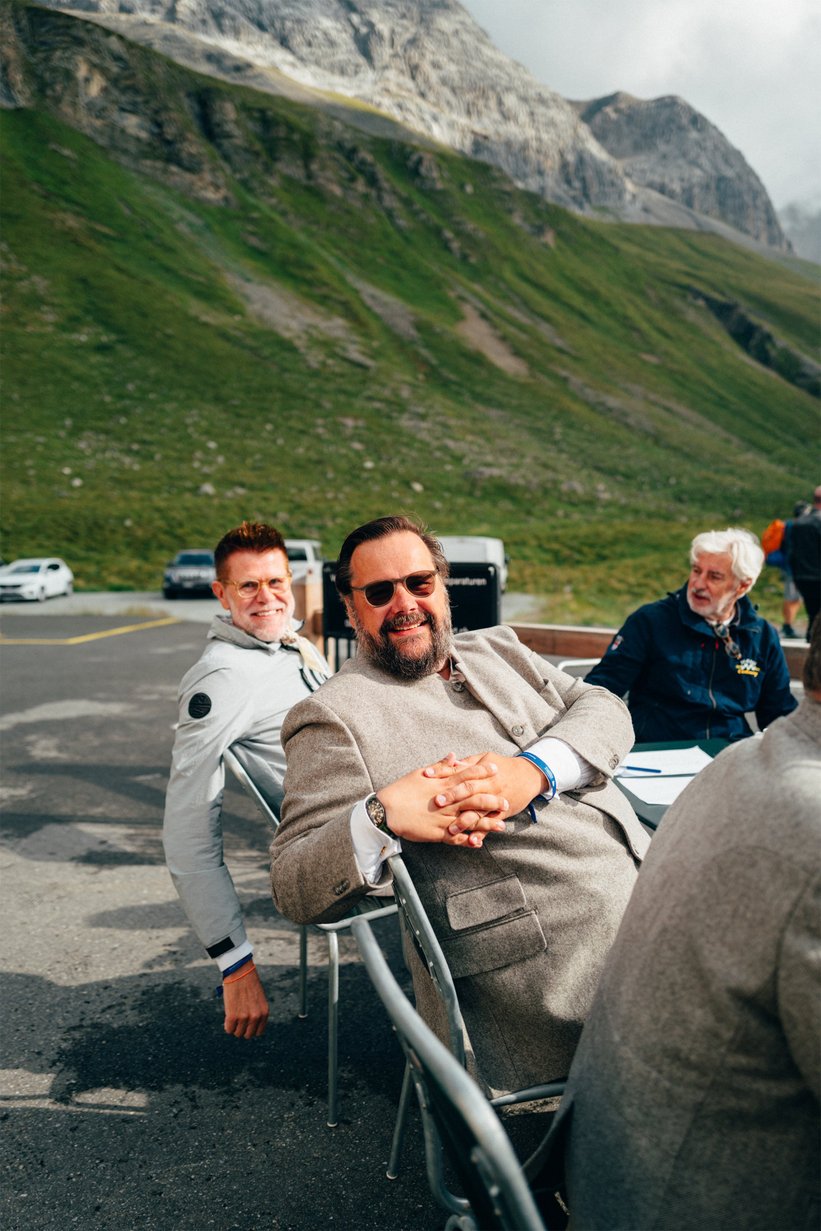
In front of the Albula Hospiz, the members of the jury had set up a tent; as the Alfas, Ferraris, Lancias and Lamborghinis were flying past, five well-clad gentlemen were making notes and discussing the design qualities of the automobiles. Because, unlike other concours events and following the ‘Eleganza in Movimento’ philosophy, the cars are judged in motion and not standing still on a lawn. The jurors included Pininfarina’s influential design master Lorenzo Ramaciotti and his predecessor at Maserati, Klaus Busse, as well as Olivier Camelin of RM Sotheby’s, classic car expert Stefano Pasini – and Classic Driver’s very own JP Rathgen. The scenic view on top of the Albula Pass did not distract the jurors from having passionate discussions about the cars’ moving elegance. And while the rallye monsters of the 1970s certainly made a big impression, it was the wonderful Alfa Romeo 8C owned by German watch specialist Klaus Dold that deservedly scored the “Best of Show” trophy.
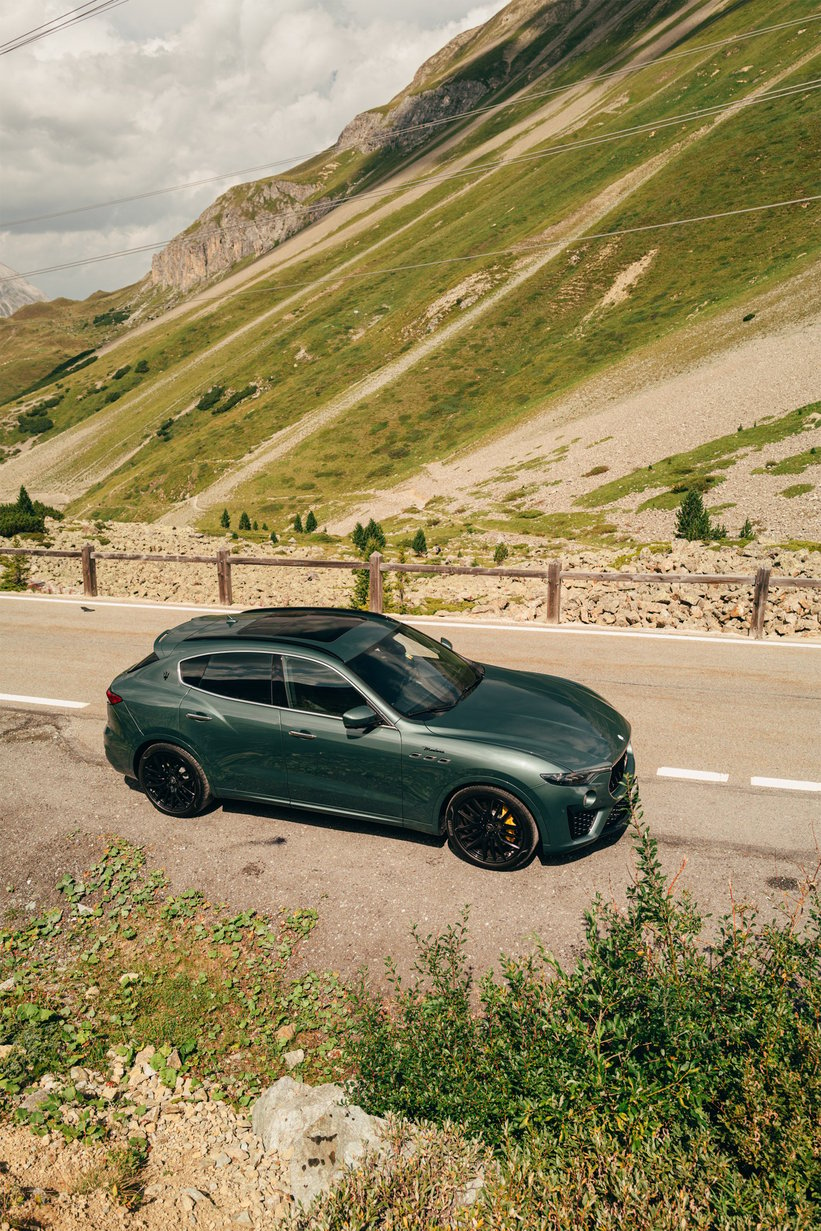

For us, the most memorable moment of the rallye followed just as we jumped into the Verde Royale Maserati Levante S that Maserati Switzerland had kindly lent to us for the weekend. Speeding towards us on the long straight approaching Albula Hospiz was not one, but two red Ferrari F40s, followed by an entourage of Maranello’s finest from the stables of Niki Hasler in Basel, including a green-over-tan Ferrari 599 Aperta. Naturally, we quickly started the engine and tailed the roaring F40 duo as it heel-and-toed its way down through the hairpin bends.
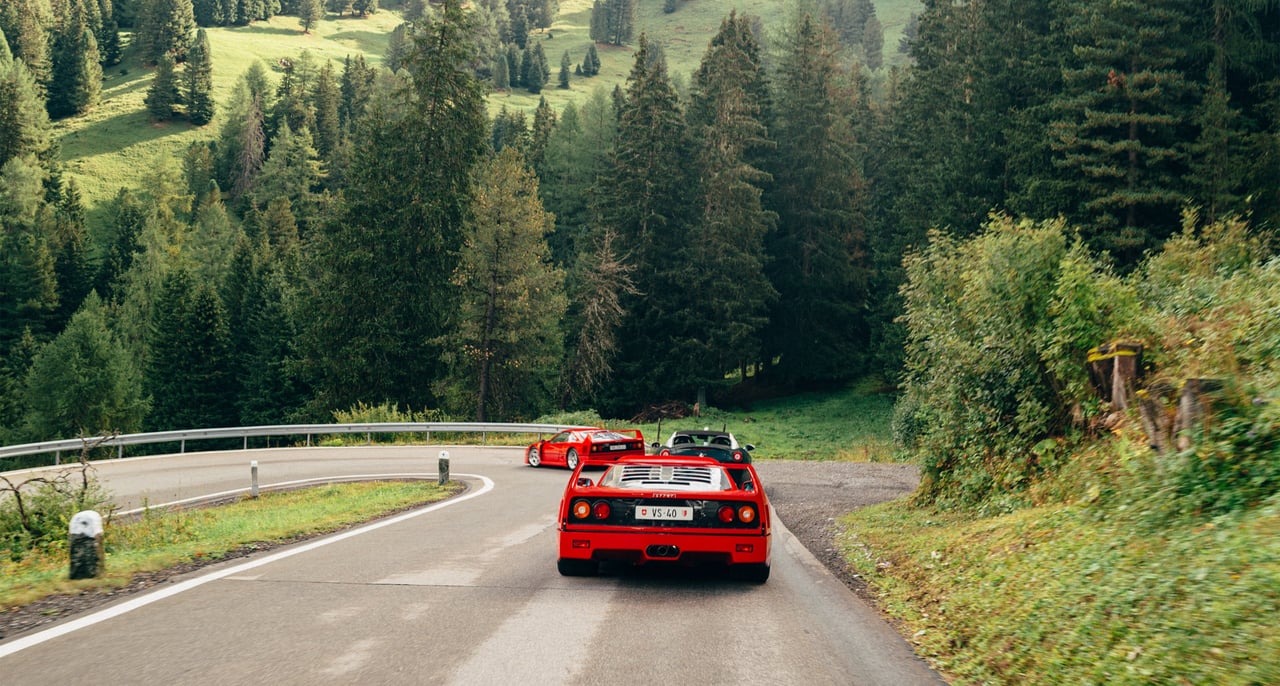
The Ferrari F40 might be the most iconic Ferrari ever built – and maybe that’s exactly why the original supercar fails to excite us when we see it on another set of glossy studio images on Instagram. In real life, however, when driven in anger on a set of twisted alpine roads, the flat, wide and notoriously noisy F40 is a sight and sound to behold. Add a second car to the mix, and the experience can border on the unreal.

We don’t know if it was the petrol fumes that made us nostalgic or the crackling cough of the Tubi exhaust, but following the F40 owned by “GTOScud” – the car that won last year’s Passione Engadina – down the Albula pass was a childhood dream come true!
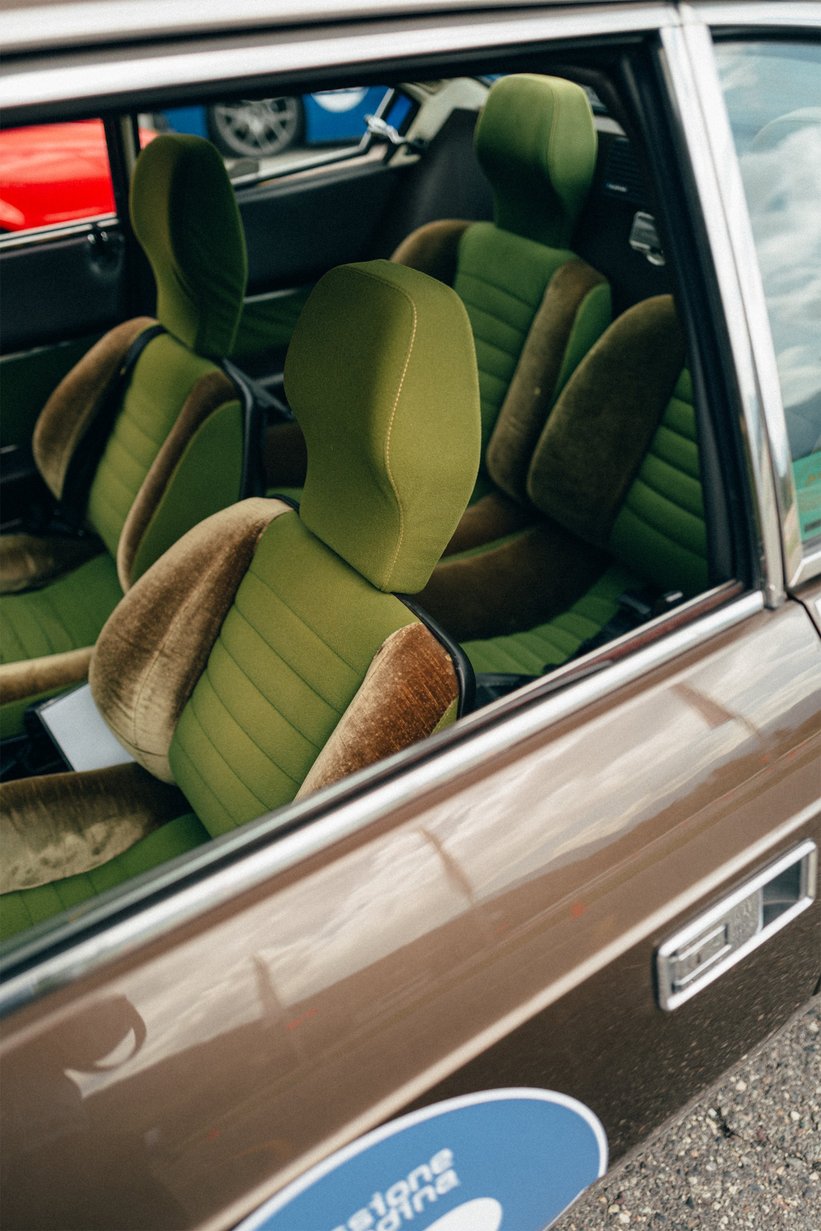

Making their way from Lenzerheide to Chur; Flims and Laax through some of the most scenic corners of Graubünden, the participants reached their lunch destination in Cazis – and while the drivers were refuelling, we had a chance to inspect some more of the cars. Sometimes, you recognize the most interesting automobiles only at second glance. The brown Lancia Beta HF with golden wheels and green velvet interior might have been the most 1970s thing we have seen on the road in ages. Still, it was the Alfa Romeos that excited us most: the white-and-red 1955 Alfa Romeo 1900 Super Sprint Zagato certainly ranks among the most desirable Mille Miglia racers, while we added the somewhat quirky Alfa Romeo 2600 Zagato to our list of desirable marmite cars. Meanwhile, if there was one police car that we would have been glad to be busted by, it was the ex-Carabinieri Alfa Romeo Giulia Super that charmingly reminded us of the ‘Italian Job’.

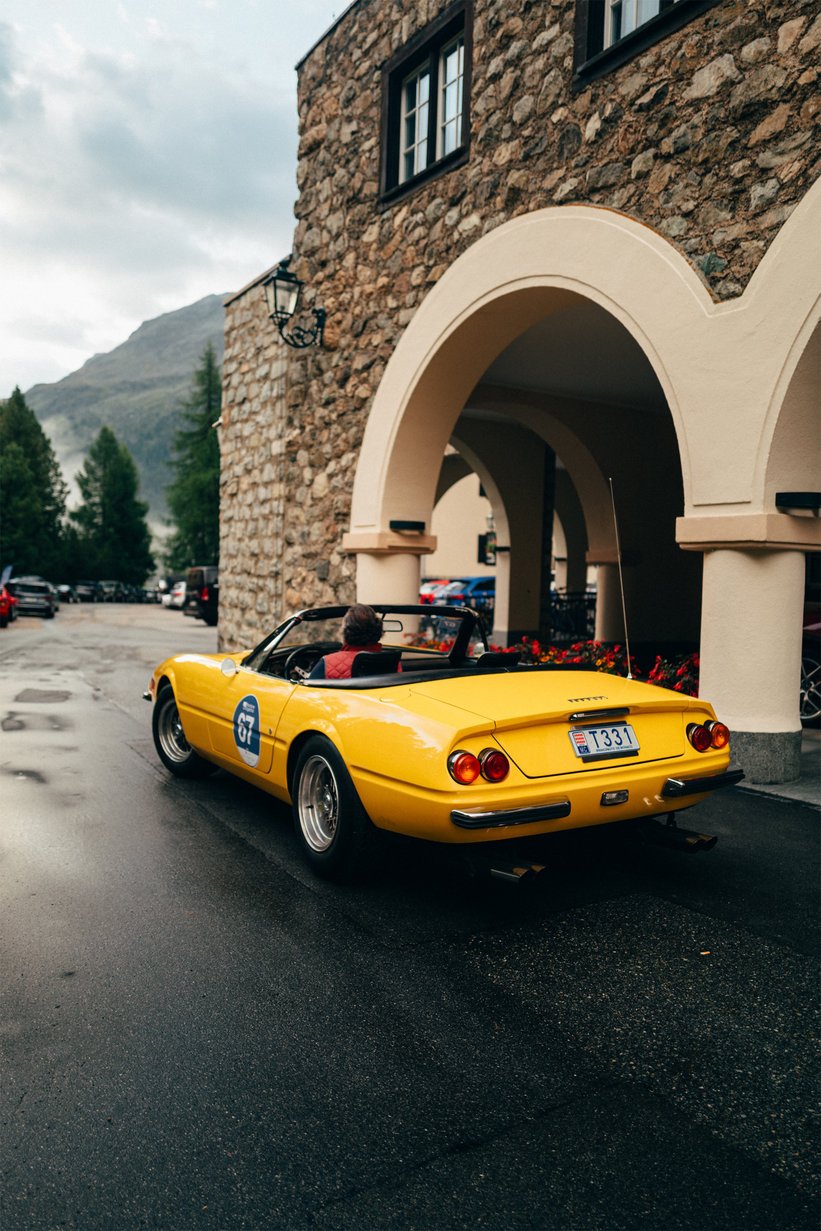
After a double espresso, the drivers started their engines again to tackle the last summit of the day. And just as we arrived on top of the Julier Pass within a pack of roaring Lancia Fulvias and race-specced DeTomaso Panteras, the rain started again – and we made our descent just in time for a cup of Earl Grey and a piece of excellent cake in the main hall of the Suvretta House. With its old-world grandezza and splendid alpine views, the meticulously liveried waiters serving club sandwhiches and early negronis, and the pianist tinkling jazz classics in the background, the time-honoured grand hotel has become our favourite get-away in the Alps – a home away from home.
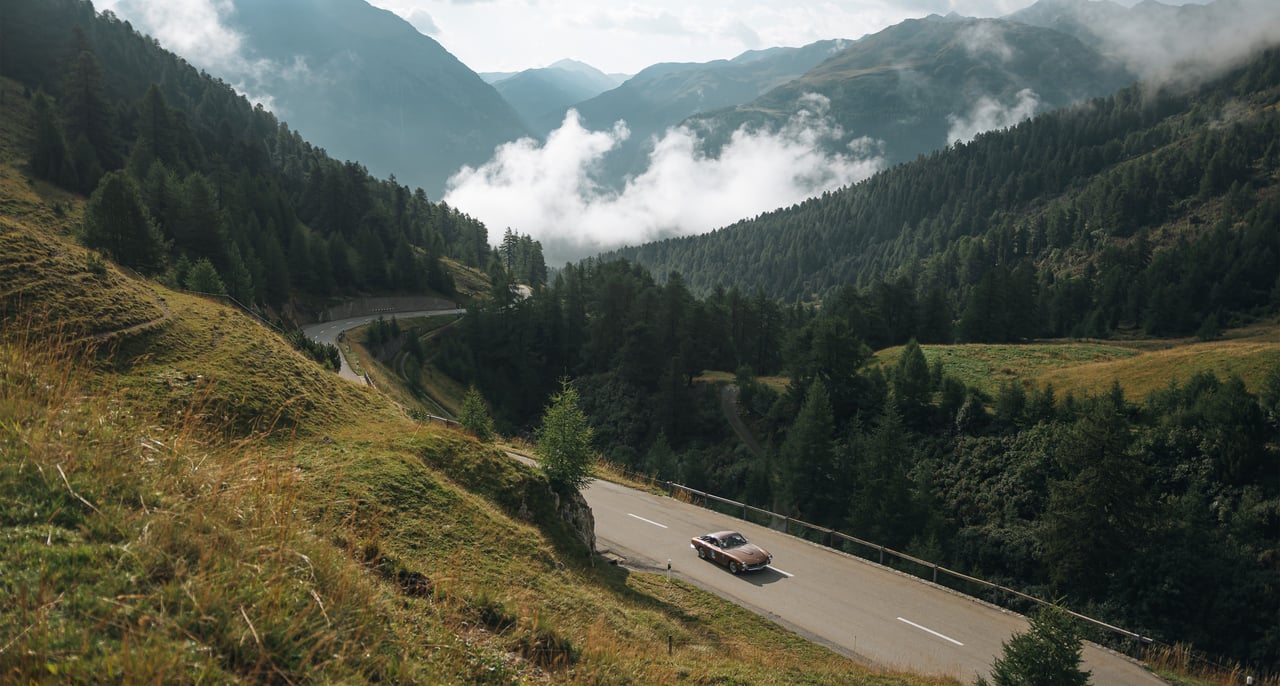
Still, we had to make our way into the rain once more for the Passione Engadina’s gala dinner at Kulm Hotel. As the event's charismatic creator Paolo Spalluto celebrated the rallye’s winners and heated up the crowds for a long night of dancing, we chatted to our table neighbour Klaus Busse about the upcoming 110th anniversary of Maserati and listened to rally world champion Christian Geistdörfer’s most fascinating rallying tales from Kenya to Corsica. Only at Passione Engadina.

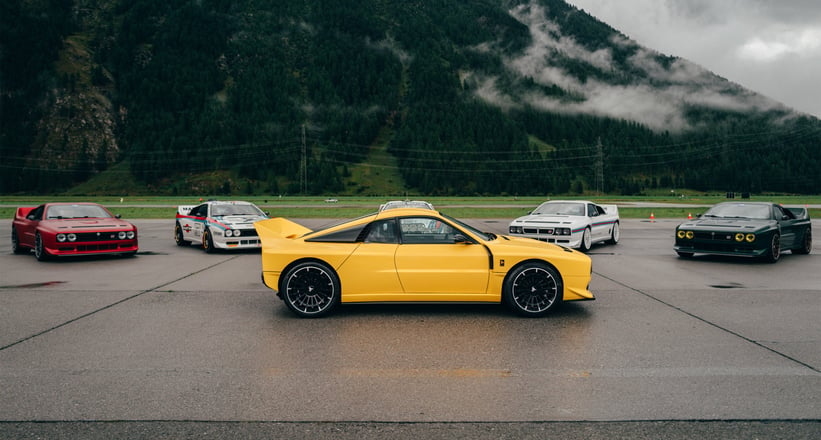
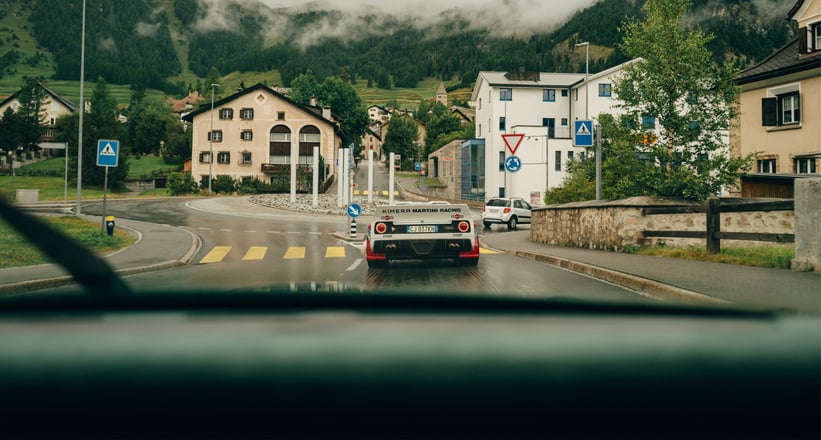
For every other event report, this would be the perfect ending. But as it was the Passione Engadina, we weren't about to stay in our beds on Sunday morning, so we braved the rain and drove down to Engadin Airport where we met the rest of the participants, looking tired (after a short night) but happy to hit the runway with their cars. We had the chance to jump aboard a green-over-tan Kimera. And let us assure you: not even the very best, truly Italian triple espresso will wake you up like a scruff beat from this modern-day Lancia 037 restomod accelerating towards take-off!
Photos by Giacomo Geroldi & Elliot Newton






























































